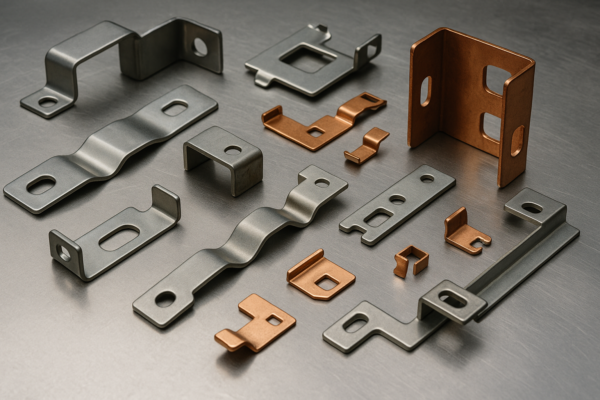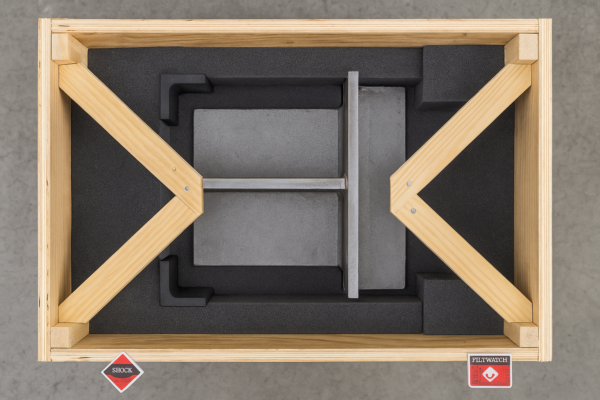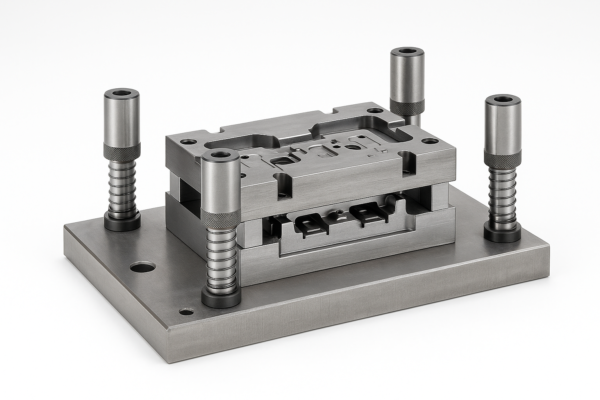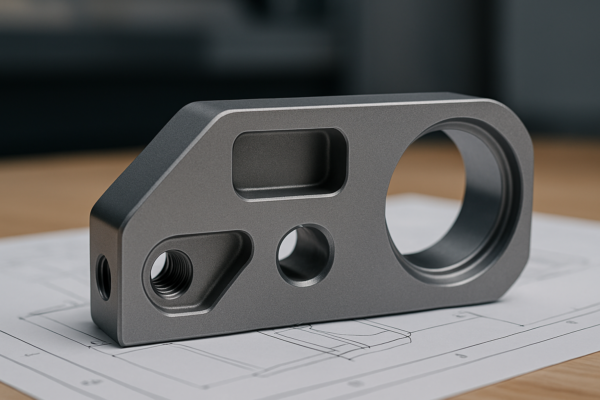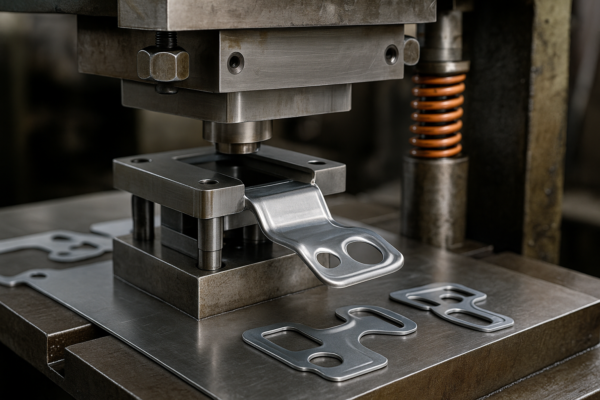What Do Welders Use to Melt Metal?
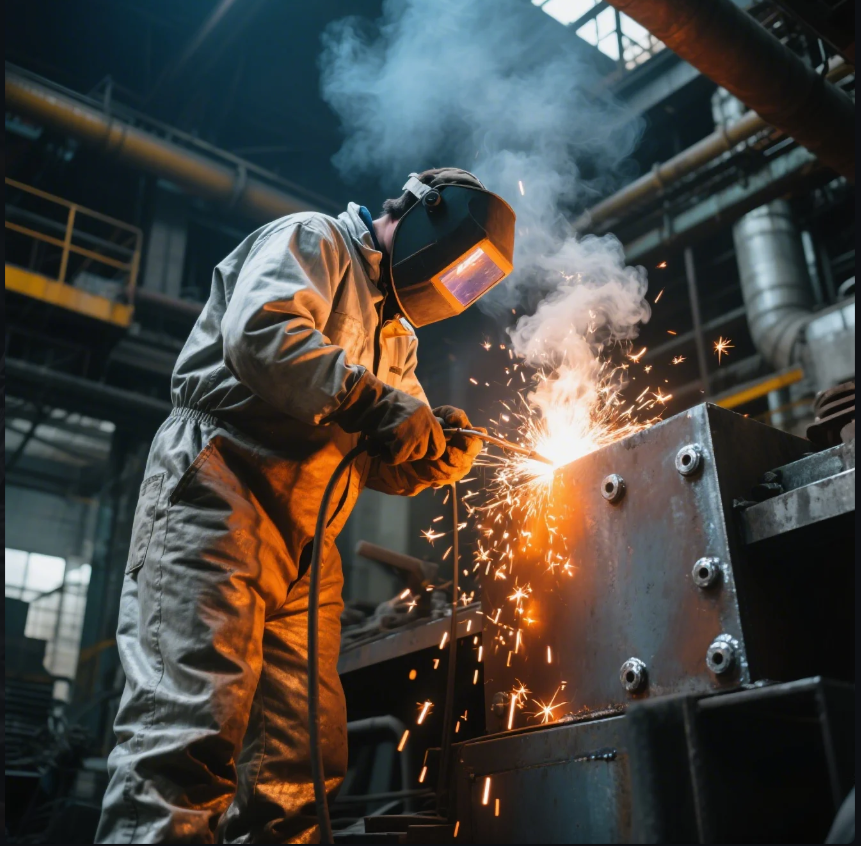
Welders use extreme heat to melt metal, but the method depends on the material and welding type.
Electric arcs, gas flames, or lasers generate enough heat to melt and fuse metal during welding.
Keep reading to learn the methods, risks, and tools behind metal melting in welding.
What melts the metal in welding?
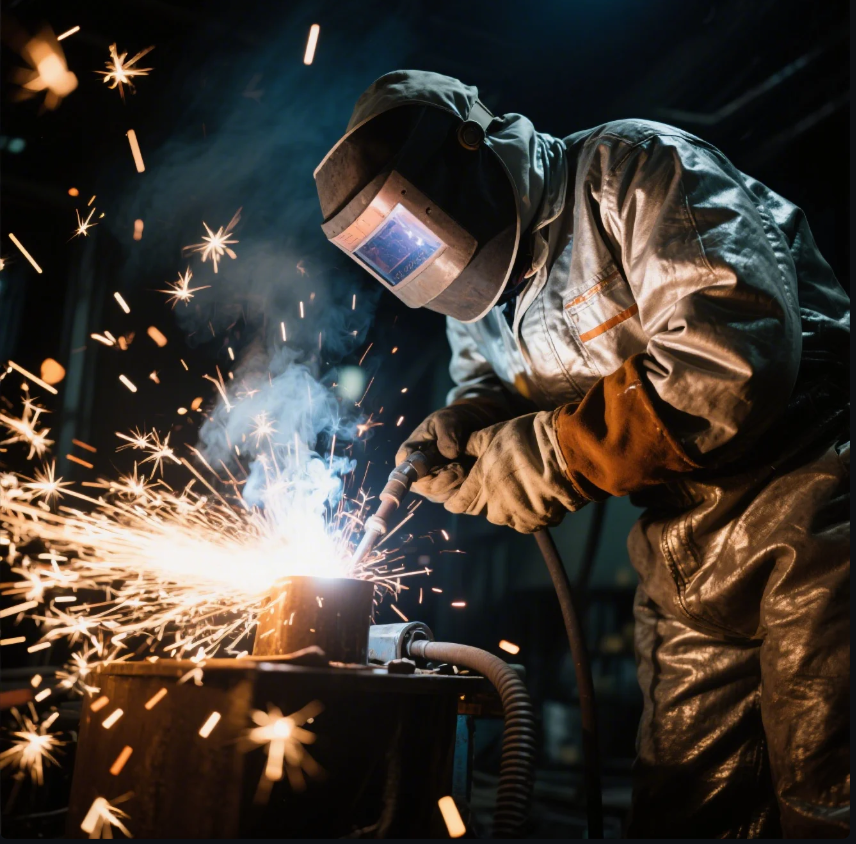
It seems like metal just "melts together" — but what causes it?
In most welding processes, electric arcs generate intense heat that melts the base and filler metal.
Different welding heat sources
There are multiple types of welding, but each uses a specific way to melt metal. Here’s a simplified overview:
| Welding Type | Heat Source | Temperature (°C) | Filler Used? | Shielding Method |
|---|---|---|---|---|
| TIG | Electric Arc | ~3,500°C | Optional | Argon gas |
| MIG | Electric Arc | ~3,000°C | Yes | Argon/CO₂ mix |
| Stick (SMAW) | Electric Arc | ~2,800°C | Yes | Electrode flux |
| Oxy-Acetylene | Gas Flame | ~3,100°C | Yes | Flame itself |
| Laser Welding | Laser Beam | ~5,500°C | Optional | Inert gas |
Why it matters
Choosing the wrong melting method can cause warping or weak joints. At Prime, we tailor welding methods based on metal type, thickness, and application. For example, our Supplier of customized stamping partsService, according to customer needs to choose the appropriate melting process to ensure product stability and strength.
Why do welders not live long?
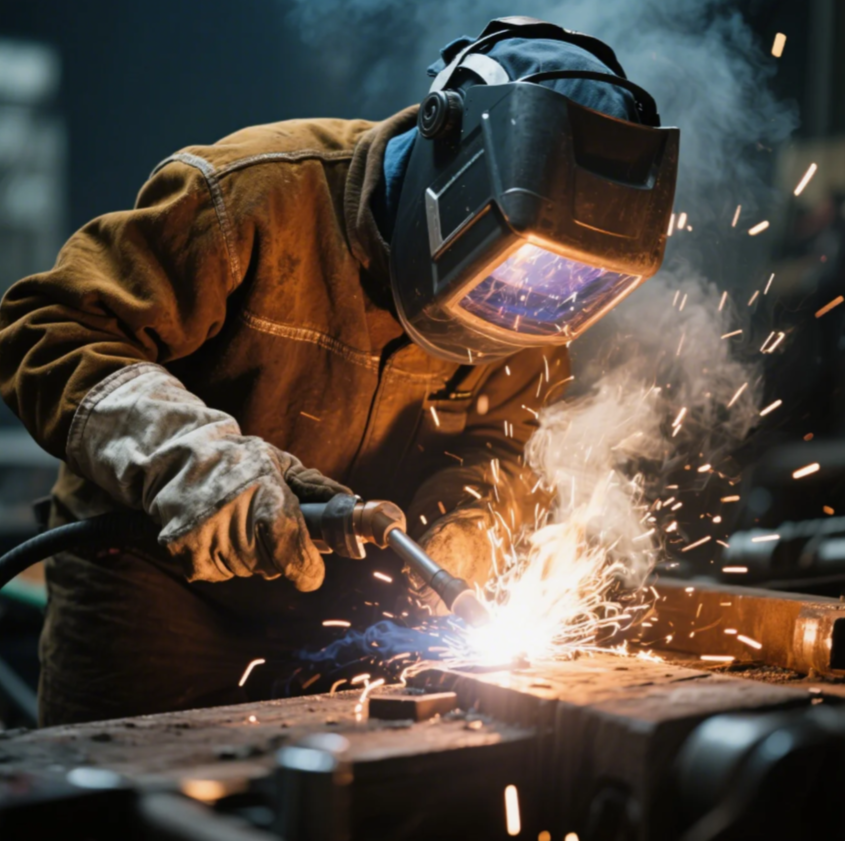
You may have heard welders have short lifespans — but is that true?
Without proper protection, long-term exposure to welding fumes, UV light, and stress can harm a welder’s health.
Health risks welders face
Welding without the right safety gear can lead to:
- Respiratory issues from fumes (manganese, chromium, zinc)
- Skin and eye damage from UV radiation
- Long-term hearing damage
- High stress due to physical labor and deadlines
At Prime, we maintain a strict safety culture across our ISO certified foundry parts manufacturerThe production line is equipped with advanced ventilation system, protective equipment and occupational health training to ensure the health of front-line welders.
Table: Common welding risks and protections
| Risk | Cause | Protection |
|---|---|---|
| Lung disease | Inhaled fumes | Ventilation + masks |
| Arc eye / UV burns | UV radiation | Welding helmets + goggles |
| Skin burns | Spatter, hot metal | Flame-resistant clothing |
| Noise-induced hearing loss | Power tools and grinders | Ear protection |
Prime’s factory is built around protecting workers and producing Precision machining of CNC partsProducts without sacrificing any safety standards.
What do blacksmiths use to melt metal?

Blacksmiths don’t weld — so how do they melt metal?
Blacksmiths use coal or propane forges to heat metal until it’s malleable, not melted completely.
The difference in technique
Unlike welders who melt metal to fuse it, blacksmiths heat metal until it’s soft enough to shape with hammers and anvils. The temperature usually ranges between 1,200°C and 1,500°C.
| Method | Purpose | Metal State | Tools Used |
|---|---|---|---|
| Welding | Fusion | Fully melted | Arc, torch, laser |
| Blacksmithing | Shaping | Malleable | Forge, hammer, anvil |
Blacksmiths don’t typically melt metal like welders do. However, modern metal workshops like Prime can offer both forging and welding under one roof. For heavy-duty parts like welding parts or casting parts, we combine blacksmithing-level shaping with precision CNC cutting and welding.
Photo suggestion:
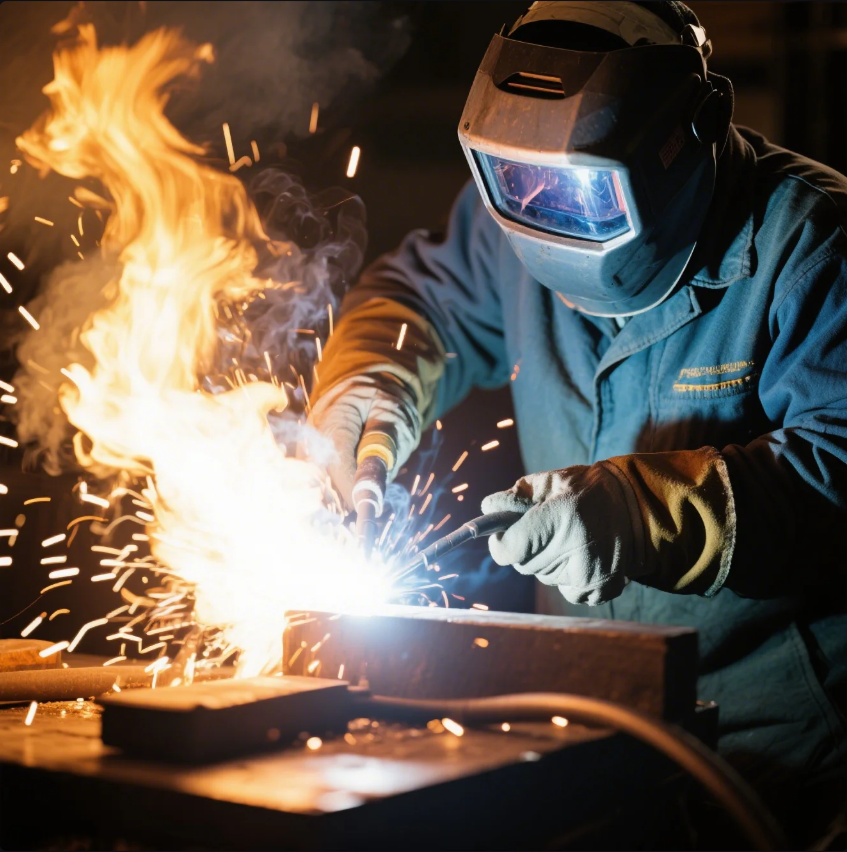
Forge and hammering zone for traditional metal shaping at Prime
What chemicals do welders use?
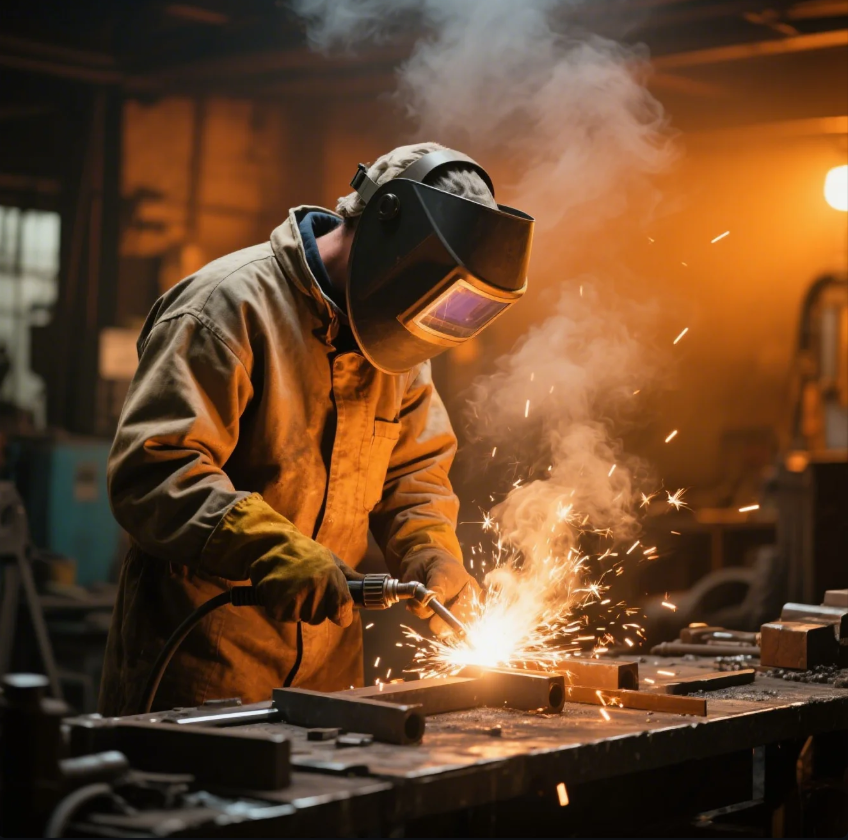
The welding process seems chemical-free — but it’s not.
Welders use gases, fluxes, and cleaners, each playing a role in protecting or improving the weld.
Common chemicals and materials used:
- Shielding gases: Argon, CO₂, helium — to protect molten metal from oxidation.
- Flux: Powder or paste that cleans and shields the weld area.
- Anti-spatter spray: Prevents weld splatter from sticking to surrounding metal.
- Pickling agents: Mild acids used post-weld to clean and passivate stainless steel.
Table: Common chemicals in welding
| Chemical/Material | Purpose | Used in Process |
|---|---|---|
| Argon | Shielding gas | TIG, MIG |
| CO₂ | Cost-effective shielding gas | MIG |
| Flux (e.g. borax) | Prevents oxidation | Stick welding, brazing |
| Acetone / alcohol | Surface cleaning | Pre-weld prep |
| Pickling paste | Removes oxidation | Post-weld on stainless |
Prime always follows RoHS/REACH standards and international safety codes when selecting chemicals, especially for Export to North and EuropePrecision metal parts of the. We use environment-friendly welding auxiliaries to ensure clean solder joints, high strength, while protecting the safety of end-users.
结论
Welders melt metal using electric arcs, flames, or lasers — all controlled and purpose-driven.
Need precision-welded parts with full chemical and safety compliance? Contact Prime today for a free consultation. We provide fast delivery, ISO-certified quality, and one-stop OEM solutions to help your business grow.

